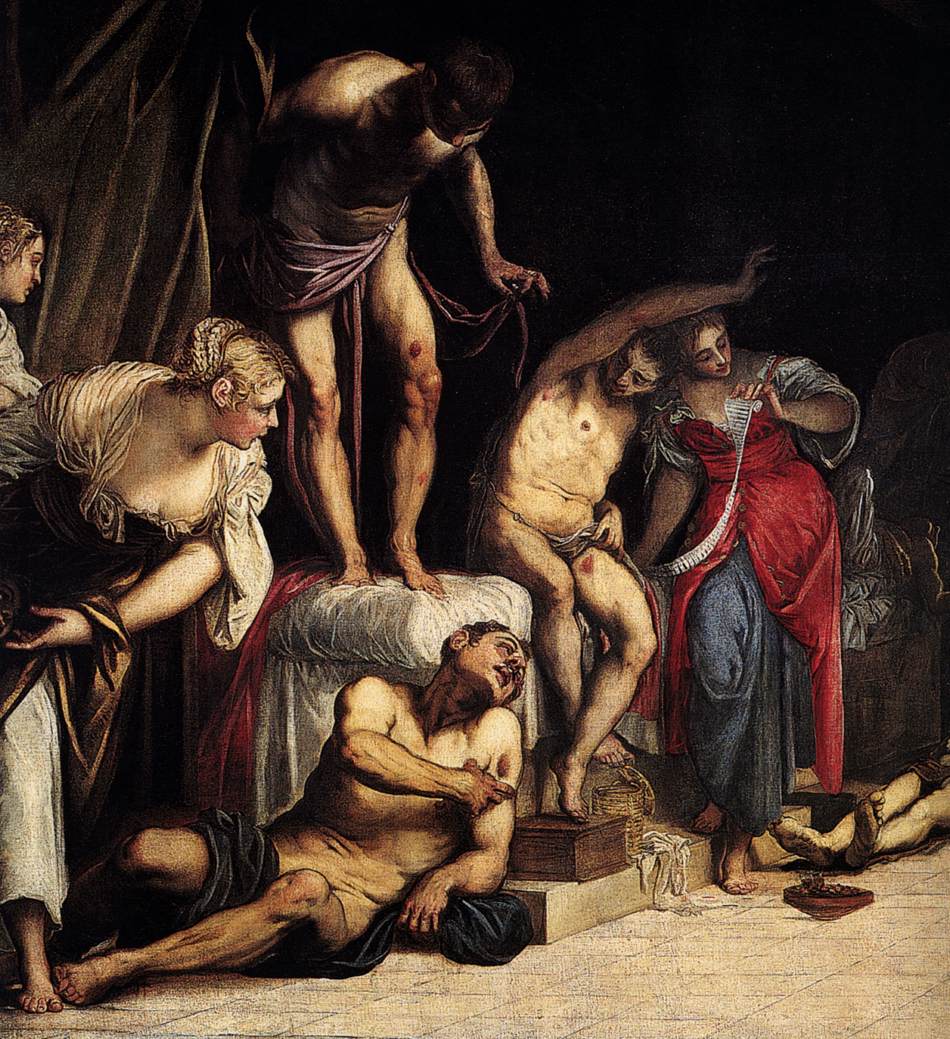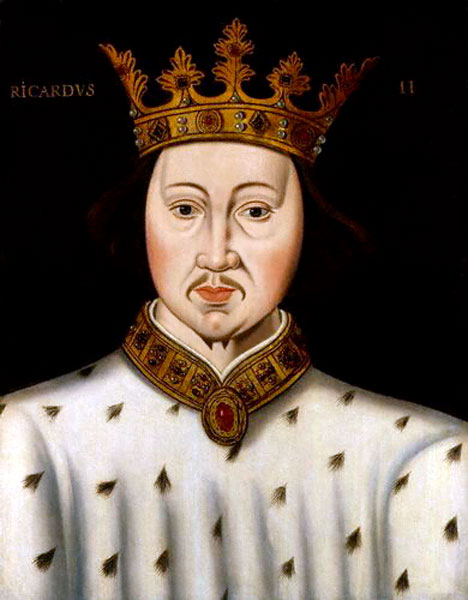Eyam is a village in Derbyshire, England, most famous for its involvement in the history of the plague.
In 1665, the village voluntarily put itself under quarantine to prevent the spread of the plague to neighbouring communities and the citizens lived isolated for a year as the plague killed 260 of the 350 original residents. Visitors today can see many old structures including buildings from the period of the plague quarantine which have been meticulously preserved. The graveyard, which has a wide assortment of ancient and more modern graves, is also a place of interest.
An Anglo-Saxon cross in the graveyard dating from the 9th century would suggest that Eyam has been settled at least that long and the village may well be older. The Romans were certainly active in the region, mining the surrounding area for lead and they probably established a small settlement there to house officials and some mine workers.
The town really started to expand in the 1300s, however, becoming a well-settled and lively village by the 1660s, when the black plague first began to sweep across England.
In August of 1665, Eyam’s tailor, George Vicars, accepted a shipment of cloth from London. The cloth was damp from the journey, so he hung it up to dry, releasing a flood of fleas at the same time. Only a few days later, Vicars was dead and the plague began to spread through the village. The residents turned to their religious authorities for help and under the leadership of the rector, William Mompesson and the minister, Thomas Stanley, the residents of Eyam decided to quarantine themselves to protect their neighbours.
While Eyam was under quarantine, the neighbouring villages agreed to bring goods, medicine, and food to the Boundary Stone, a stone which marked the boundary of the quarantine. In return, the villagers left money, which would be disinfected in bottles of vinegar or submerged in running water to disinfect it. Many neighbouring villages undoubtedly appreciated Eyam’s decision to isolate itself while the plague ran its course and as a result the village became well-known.
Some researchers have noted that the course of the plague in Eyam was extremely erratic. Some villagers survived when their entire families died, and the gravedigger managed to survive the plague despite the fact that he handled numerous infectious bodies.
Researchers suggested that some Eyam villagers might have a natural resistance to plague and some genetic testing has been performed on the descendants of these survivors to see if this is, in fact, the case. Testing has been inconclusive, although some genetic variations of interest have been discovered.











